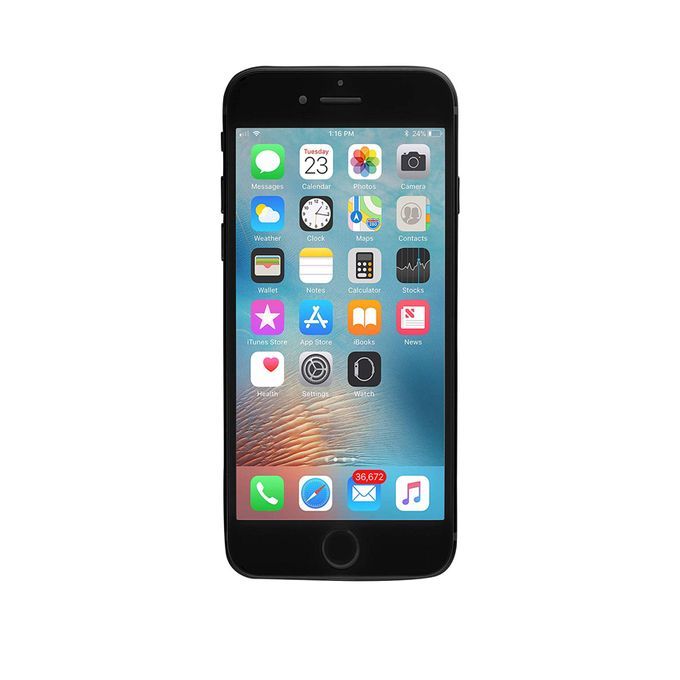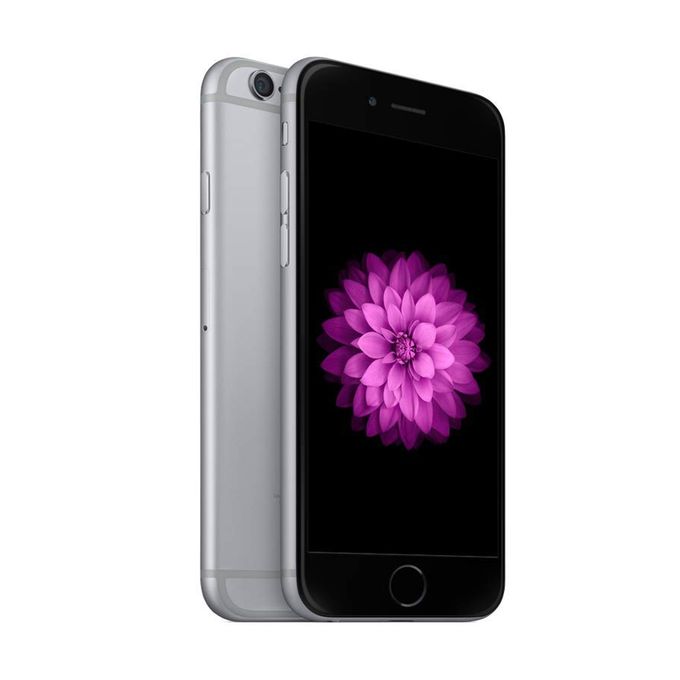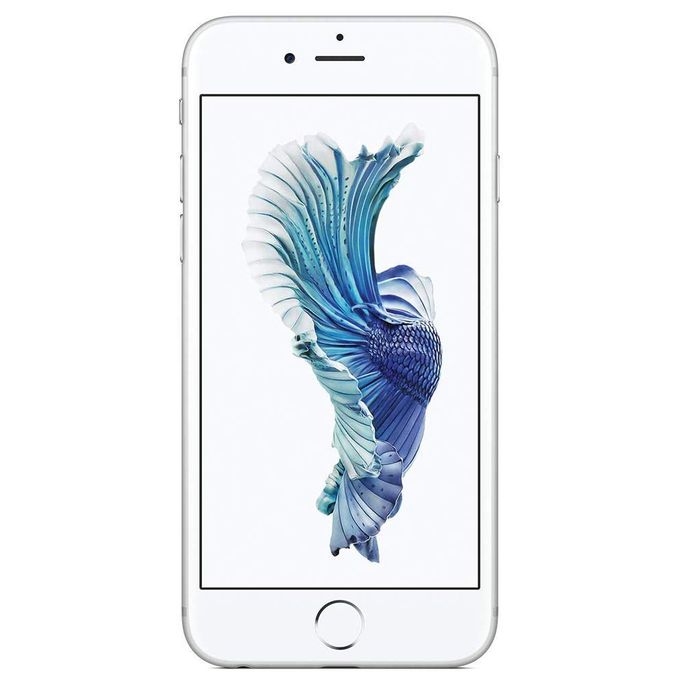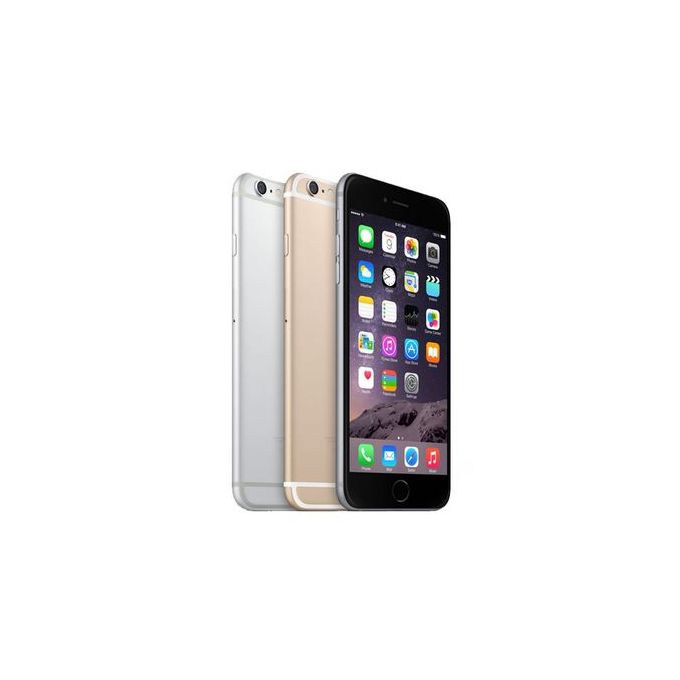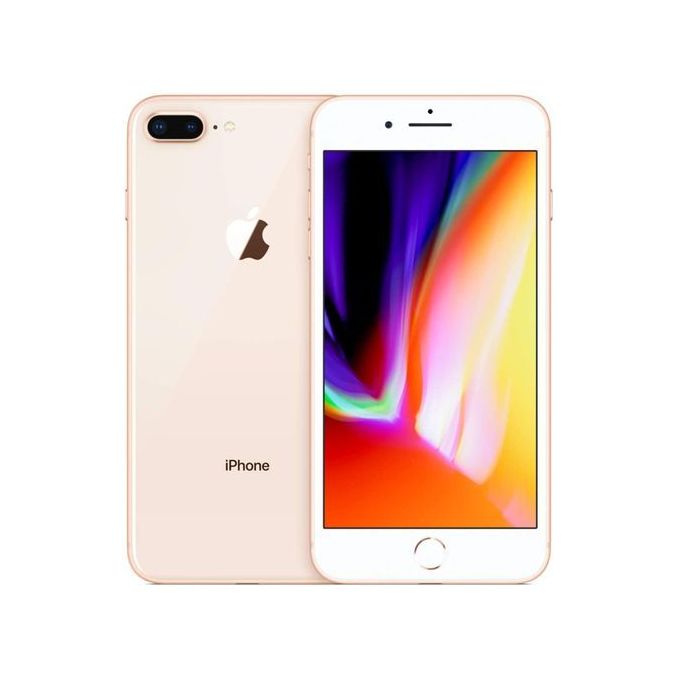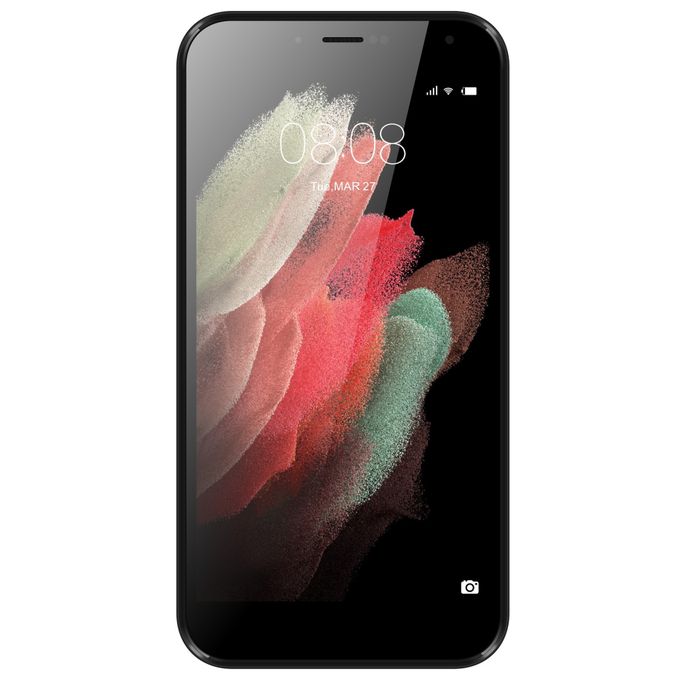The iPhone 6 features a 4.7-inch screen with a resolution of 1334x750 pixels and a built-in 64-bit Apple A8 processor. The performance is very impressive. It is also designed with a new M8 coprocessor for health applications. 8 megapixel lens, front 1.2 megapixel photography FaceTime HD camera; and joined Touch ID to support fingerprint recognition, the first new NFC function; also a three Netcom mobile phone, 4G LTE connection speed up to 150Mbps, support up to 20 LTE bands.
About iPhone 6
A8 chip
The iPhone 6 is equipped with an A8 chip based on a 64-bit desktop architecture. What makes this powerful performance even better is the M8 motion coprocessor. It measures your activity efficiently with advanced sensors including a new barometer. The A8 chip uses advanced 20nm process technology. It has 2 billion transistors on a very small and efficient chip, which is not only incredible in performance, but also 50% more efficient than A7 chips.
Screen
On November 4, 2013, the company announced that it has signed a contract with Apple for many years to supply sapphire materials. The ASF melting furnace and related equipment will be owned/operated, and sapphire materials will be produced at Apple's Arizona plant. It will be shipped to Apple in five years from 2015.
On September 12, 2013, Apple has found a sapphire-on-glass approach that allows a combined sapphire glass screen to be less than 1 mm thick.
Touch ID
Touch ID (fingerprint sensor) can read fingerprints 360 degrees. This means that your iPhone can read your fingerprint and identify you, whether it's in portrait, landscape or any other direction. Not only that, Touch ID even allows you to add multiple fingerprints. With your finger on the home button, the iPhone can be easily protected.
Principle: At the touch of a button, the stainless steel ring around the button monitors your finger and activates the capacitive touch sensor. The button surface is made of laser-cut sapphire crystal that transmits the fingerprint image to a capacitive touch sensor. The sensor reads your skin to get a clear and detailed fingerprint. The software will then read your fingerprint ridge and find a matching fingerprint to unlock the phone for you. And it also completed Apple Pay (Apple Payments) operation with Apple's new NFC feature.
Kill Switch
Apple's new iPhone has added an anti-theft system called "kill switch" that allows users to lock the device and delete data while the phone is stolen.
The "kill switch" will be standard on the iPhone 6 and iPhone 6 Plus, and the old iPhone will be available for installation from the 17th. This marks the official form of the device as the default option for Apple phones.
In April 2014, 10 device vendors, including Apple, signed a voluntary agreement to deploy the feature on their new smartphones.
iPhone6 real shot
iPhone6 real shot map (17 photos)
Focus Pixels
Thanks to Apple's new image signal processor, Focus Pixels provides more image information for the sensor, resulting in better and faster autofocus, even at a glance.
Equipped with a larger aperture and new sensor technology, the front FaceTime HD HD camera captures up to 81% of the light. It not only optimizes facial recognition, but also features a new burst snapshot mode that takes 10 photos per second.
Shooting video
The iPhone 6/Plus is capable of recording 1080p video up to 60fps and 720p video up to 240 frames. And continuous auto focus and anti-shake function can also be used well with video, not to switch the scene is a long time virtual focus.
Exposure control
The FaceTime camera provides the same exposure control as the iSight camera. To adjust the brightness of your photos or videos, simply push in any direction.
Facial recognition
The FaceTime camera optimizes face recognition for faster and more accurate face recognition. In addition, it enhances the recognition of blinks and smiles, making you more effective in both self-portraits and group photos.
Continuous snapshot mode
Continuous snapshot mode captures up to 10 photos per second, and the front camera also has this feature. The iPhone analyzes each photo in real time behind the screen, comparing the sharpness and sharpness of the photo, and even detecting if someone is closing their eyes when taking a photo. Then, the iPhone will suggest one or a set of photos that you might be most satisfied with.
Timing mode
When taking a group photo, it takes a little more time to coordinate. Set the timer to 3 or 10 seconds, giving everyone time to enter the screen, be prepared, and then take a series of wonderful photos in burst snapshot mode.

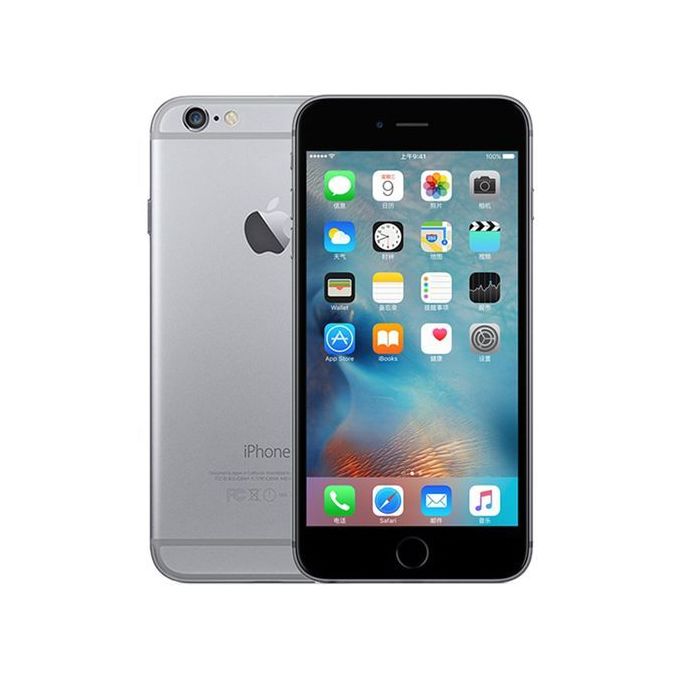

 EN
EN BD
BD
